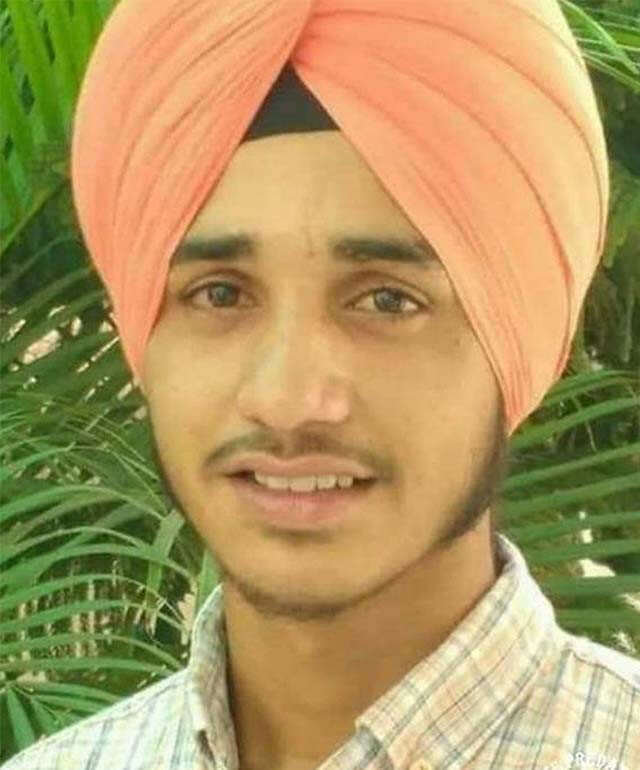
“Neither East, nor West” was Ayatollah Khomeini’s slogan for the reconstruction of a post-revolution Iran. This no longer seems to hold in Tehran, if fresh reports of a wide-ranging strategic pact between Iran and China are any indication. Though neither side has officially confirmed details, the Iranian cabinet has signed off on an agreement that has been in the works since President Xi Jinping’s visit to Tehran in January 2016.
Even if the leaked details are not yet agreed upon, they reveal a direction and scope that should cause major concern to India. Under a 25-year pact, China will invest $400 billion in Iran’s petroleum sector as well as its core infrastructure — banking, telecom, ports, airports, high-speed railways, metro and free-trade zones. Iran will become a crucial pivot of China’s Belt and Road Initiative (BRI), linking China to Europe. A military dimension envisages joint military exercises, joint training, joint research and development of weapons. China will get assured supplies of Iranian oil, gas and petroleum products at highly discounted prices.
Iran moving closer to China should not come as a surprise. United States (US) President Donald Trump, on a collision course with Iran, walked out of the Joint Comprehensive Plan of Action (JCPOA) signed in 2015 between Iran and P5+1 (Germany) and the European Union. The plan had the potential of gradually closing Iran’s nuclear weapons window and reviving its economy through lifting sanctions and de-freezing its assets. Instead, Trump again imposed crippling sanctions and the European signatories — Germany, France and the United Kingdom (UK) — though unhappy with the US withdrawal, showed timid resolve. Iran’s economy, based on petroleum exports, has contracted severely; investments have dried up for fear of sanctions; and the pandemic has taken a heavy toll. Iran clearly needs an economic lifeline as well as international support to counter the US-Israel axis. China is willing to provide both, and in a larger strategic landscape, the two can align interests with Russia. As proof of its intent, and perhaps an indication of the coming pact, China recently opposed US efforts in the United Nations Security Council to extend an arms embargo on Iran and, on July 14, reiterated its support for JCPOA.
However, this proposed long-term alignment with China has its opponents. Former president Mahmoud Ahmadinejad has led the criticism, and, oddly, found support from Prince Reza Pahlavi, the late Shah’s son; an example of a revolutionary mindset combining with a deep sense of Persian superiority. There are fears that Iran’s valuable natural resources will be mortgaged to an untrustworthy partner. Religious hardliners point to China’s repression of the Uighur Muslims. The Majlis — the Iranian parliament — is now dominated by conservatives; most reformist candidates were disqualified by the regime as it circled the wagons in the face of rising public discontent. These conservative members are likely to react strongly to any suggestion of ceding sovereignty to China for economic gains when the pact is put to them. The Supreme Leader, however, supports the proposed deal. This, combined with the attraction of economic prosperity, makes it difficult to say where this needle will stop.
All of this, however, is only cold comfort to India. China’s increased political and economic influence on Tehran can squeeze us on several fronts.
First, Tehran has watched our growing proximity to the US and Israel with a resentful sullenness. The cutting of oil imports and delays in project implementation have further shown the limits of the bilateral relationship; “civilisational links” can only take us only so far and no more. Iran’s pact with China will strengthen the perception that we are in “the other camp”. Given our energy dependence and large diaspora, great power rivalry would not be our preferred game in West Asia.
Second, China’s influence will facilitate better relations between Iran and Pakistan, already evident in the conciliatory attitude shown by Pakistan to militant attacks from across the border in Balochistan. The two could also narrow their differences on Afghanistan, with a direct impact on India’s interests.
Third, Chinese investment in ports and railways can hamper India’s plans to get access to Central Asia and beyond through Iran. The report that India will no longer be part of the Chabahar-Zahidan railway project foreshadows this scenario. Iran’s ambassador in Islamabad has spoken of a “golden ring” of China, Russia, Iran, Pakistan and Turkey and of a western arm to the China-Pakistan Economic Corridor (CPEC)+ that would link Gwadar and Chabahar to China by rail through Pakistan. Further, our own economic limitations and the shadow of US sanctions will make it difficult for Indian companies to compete in Iran, particularly if the hundred proposed projects are aligned to a Chinese economic paradigm.
Fourth, even if the Chinese do not get a major slice of Chabahar, they are keen to participate in the development of Bandar-e-Jask, the port outside the Straits of Hormuz. Iran envisages Jask as its main oil-loading point in the near future; it can then close the Straits without harming its own exports. In a worst-case scenario, Jask could become another Chinese dual-use port and with Gwadar and Djibouti threaten India’s energy and maritime security in the Arabian Sea.
All of this may not happen, but we cannot afford to wait for the Majlis to kill this deal, or for Joe Biden to become US president and wean Iran away from China. Our interests are immediate: A strong outreach to Iran with expedited work on Chabahar and its integration into the North-South Transport Corridor as well as a vigorous follow-up on Prime Minister Narendra Modi’s successful 2015 Central Asian visit would be timely initiatives to consider.









































































